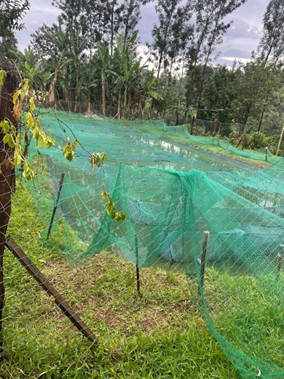
INTRODUCTION:
Vihiga County, situated in Kenya’s Western Highlands, receives substantial rainfall, between 1,800 and 2,000 mm annually, supporting fertile soils and year-round agriculture. However, the region is increasingly experiencing climate-related stressors such as erratic rainfall patterns, seasonal flooding, seasonal false starts and prolonged dry spells. high population pressure and uneconomical land fragmentation have further limited viable farming land, pushing smallholder farmers to seek alternative, space-efficient, and climate-resilient livelihood options.
In this context, aquaculture has emerged as a promising solution. It is water-efficient, land-conserving, and integrates well with other value chains such as poultry, dairy, and vegetable production. Unlike traditional farming, fish farming can thrive in harvested or stagnant water and is particularly suited to flood-prone and waterlogged zones like Luanda, Emuhaya, and parts of Hamisi Sub-Counties, turning climate vulnerability into a production advantage.
As rising temperatures and unreliable rainfall make rain-fed agriculture increasingly unsustainable, small-scale farmers are adopting pond aquaculture as a buffer against climate shocks. Coupled with water harvesting, renewable energy, and integrated farming, these systems offer year-round productivity, economic resilience, and ecosystem benefits, including reduced runoff, improved soil stability, and increased biodiversity around ponds.
Despite its growing promise, Vihiga remains a net importer of fish, sourcing heavily from Kisumu and Busia Counties. The expansion of local aquaculture is therefore not only a livelihood strategy but also a critical component of the County’s food security and climate adaptation agenda. This story highlights three exemplary farmers, Meriline Awuor David Omuruli, and Zinath Deen, whose production practices showcase how aquaculture can build both resilience and prosperity in the face of climate change.
Click the story below to read more.